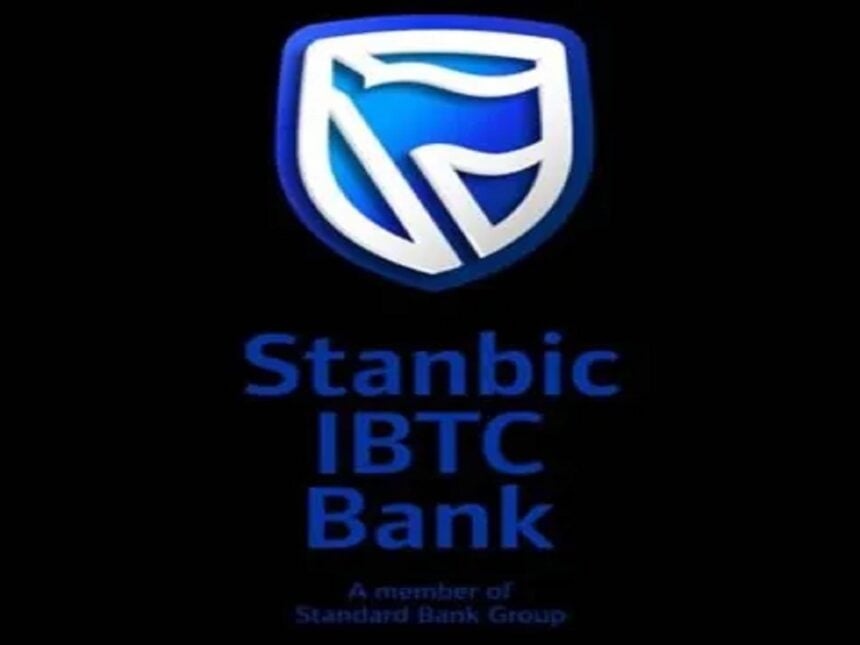STANBIC IBTC, Wema Bank, and United Bank for Africa (UBA) have emerged as top performers in the banking sector, securing high rankings in positive media sentiment for the first quarter (Q1) of 2025.
This is according to the latest Media Sentiment Report by P+ Measurement Services, Nigeria’s leading media intelligence consultancy, which analysed over 1.3 million online publications and 2,100 print articles across local and global platforms during the review period.
The findings highlight the banks’ proactive communication strategies and robust corporate governance, reinforcing their reputations and strengthening trust among customers and stakeholders.
By leveraging effective communication strategies and demonstrating strong corporate governance, these banks have managed to stay ahead of the curve and boost their reputations in the industry.
Stanbic IBTC Bank emerged as the frontrunner in positive coverage, responsible for 24 percent of favorable sentiment across the industry. Wema Bank (23 percent), UBA (19 percent), Access Bank (18 percent), and First Bank (16 percent) followed closely. According to the report, their visibility was supported by initiatives such as Wema Bank’s 80th anniversary campaign and UBA’s N41 million customer reward promo.
However, First Bank, while present in positive narratives, also carried the burden of 34 percent of all negative sentiment. FCMB (30 percent), Sterling Bank (18 percent), and Ecobank (10 percent) followed, driven by litigation, regulatory reprimands, and negative market performance.
“These data points indicate that while strategic PR efforts amplified brand equity for some, crisis events significantly dampened sentiment for others,“ it stated.
Similarly, following the Central Bank of Nigeria’s directive to harmonize exchange rates and the subsequent spike in the dollar-to-naira rate—reaching over N1,600/$1 in official markets—the report noted that Nigeria’s commercial banking, ride-hailing, and telecommunications sectors demonstrated media resilience in Q1 2025.
Leveraging advanced media intelligence frameworks, the Q1 2025 analysis encompassed data from 28 commercial banks, 4 major telecommunications providers, and 4 leading ride-hailing platforms.
The study according to P+ Measurement Services, deployed rigorous monitoring, measurement, and auditing techniques, drawing from structured metadata points such as editorial tone, CEO visibility, public discourse, and brand-specific media traction.
By quantifying sentiment across these variables, the analysis offers a strategic lens into how media narratives—beyond operational milestones—are actively shaping brand trust, credibility, and relevance across Nigeria’s core economic sectors.
Also, among ride-hailing operators, inDrive dominated favorable mentions at 54 percent, aided by product enhancements like the “Light Cashless” bank transfer feature. Bolt (29 percent) and Uber (16 percent) also maintained a strong share of voice.
“Yet, sentiment was bifurcated. Bolt attracted 56% of all negative coverage, largely due to safety concerns and regulatory backlash. Uber followed with 33 percent.
“Media narratives were significantly influenced by driver protests, public safety incidents, and the call for federal-level e-hailing regulations. These contributed to rising brand scrutiny despite aggressive service innovation,“ the report read in part.
In telecommunications, MTN Nigeria led positive sentiment at 39 percent, with Airtel (27 percent) and Globacom (26 percent) closely trailing. MTN’s “Go M.A.D” youth empowerment initiative stood out, as did Globacom’s roll-out of SIM-less eSIM technology.
Yet, MTN also bore the brunt of negative sentiment (46%), fueled by union threats and consumer backlash over tariff adjustments. A turbulent leadership transition at Globacom and an ongoing ownership saga at 9mobile contributed to reputational headwinds. Notably, telecoms media narratives in Q1 were driven as much by policy shifts and service upgrades as they were by instability and consumer rights activism.
According to the report, from an analytical standpoint, the divergence between positive and negative sentiment reflects not just brand activity, but the underlying media mood — a composite of how editors, commentators, and the public receive and interpret brand behavior in context.
In banking, initiatives tied to financial inclusion, brand legacy, and public goodwill increased positive talkability. Conversely, regulatory breaches, fraud allegations, and legal entanglements skewed perception negatively, reinforcing the classic PR principle: “Silence in crisis equals narrative surrender.”
For ride-hailing, product enhancements were insufficient buffers against public safety crises, a trend increasingly important in a media environment where social proof, particularly from user-generated forums and review sites, plays a strong role in shaping brand trust.
Telecommunications brands faced media volatility as regulatory pricing interventions and leadership instability challenged perception management. Here, media responsiveness and spokesperson effectiveness proved critical in determining how well brands navigated the sentiment curve.
As Q2 unfolds, the Nigerian media terrain, it is noted, will likely remain sensitive to leadership decisions, regulatory policy, customer experience, and public safety across sectors. This Q1 analysis reinforces the idea that media presence, while important, must be accompanied by brand media health management, the strategic balancing of visibility, credibility, and sentiment.
For stakeholders, from investors and regulators to brand custodians and PR strategists, these insights form a crucial foundation for navigating reputational capital in an era where perception can often outweigh performance.
READ ALSO: Stanbic IBTC Capital leads Presco’s N82.9bn bond issuance
WATCH TOP VIDEOS FROM NIGERIAN TRIBUNE TV
- Relationship Hangout: Public vs Private Proposals – Which Truly Wins in Love?
- “No” Is a Complete Sentence: Why You Should Stop Feeling Guilty
- Relationship Hangout: Friendship Talk 2025 – How to Be a Good Friend & Big Questions on Friendship
- Police Overpower Armed Robbers in Ibadan After Fierce Struggle






